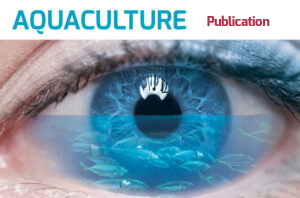Global fishmeal and fish oil prices are, to a large extent, linked to the supply situation in South America (Peru and Chile) and demand from Asia (primarily China). Currently, Peru is the largest source of fishmeal (FM) and fish oil (FO) output and also the world’s largest producer and exporter of FM and FO. An unsuccessful season in Peru might cause as much as a 20% decrease in global output. Impacted by El Niño, Peru has recently canceled the first fishing season for anchovy in the north-central zone, creating new challenges for the global market of FM and FO.
Impact on essential lipids
Cholesterol is an essential nutrient for shrimp. It is a key compound of membranes and a precursor for the synthesis of ecdysteroid molting hormones. Reducing FM and FO in shrimp feeds will directly affect the level and availability of essential lipids such as n-3 HUFA, phospholipids and cholesterol. Cholesterol requirement studies show a wide range of cholesterol requirements from 0.5 to 5 g/kg for L. vannamei (Chen, 1993; Duerr & Walsh, 1996; Gong et al., 2000). Practical shrimp diets are usually formulated with cholesterol levels starting from 0.07-0.1%. Lower levels than 0.07% are considered insufficient. Purified cholesterol can also be added to reach a targeted level. These sources are, however, becoming very expensive, therefore, requiring more cost-effective alternative options.
In times of high FM and FO prices, it is important for nutritionists to search for strategies to fulfill the cholesterol requirement in shrimp feeds. One of the solutions is Lipogest®, a digestibility and metabolic enhancer based on bile salts.

